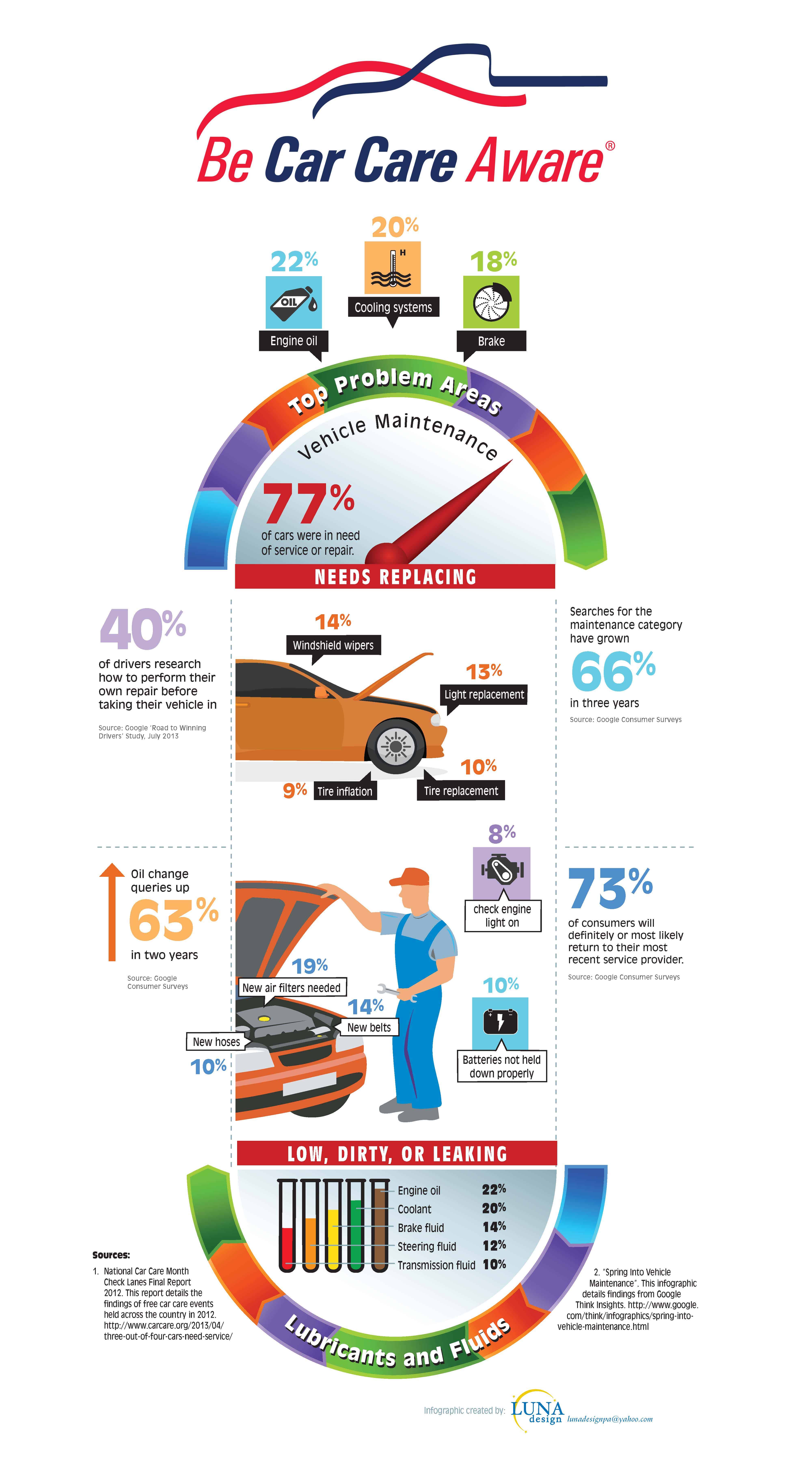The very best heatpump can save you substantial quantities of money on energy bills. They can also help reduce greenhouse gas emissions, particularly if you make use of electricity in place of nonrenewable fuel sources like lp and home heating oil or electric-resistance heating systems.
Heatpump function significantly the like a/c unit do. This makes them a feasible alternative to conventional electrical home heating unit.
How They Function
Heatpump cool down homes in the summer season and, with a little assistance from electricity or gas, they supply a few of your home's heating in the winter. They're an excellent alternative for individuals that intend to minimize their use of fossil fuels yet aren't prepared to change their existing furnace and cooling system.
They count on the physical reality that even in air that seems also cool, there's still power existing: cozy air is always moving, and it wants to relocate into cooler, lower-pressure settings like your home.
Most power STAR licensed heatpump operate at close to their heating or cooling capacity throughout the majority of the year, decreasing on/off cycling and conserving power. For the very best performance, focus on systems with a high SEER and HSPF ranking.
The Compressor
The heart of the heatpump is the compressor, which is likewise known as an air compressor. This mechanical flowing gadget makes use of prospective power from power creation to boost the stress of a gas by lowering its quantity. It is different from a pump in that it only works with gases and can't deal with liquids, as pumps do.
Climatic air enters the compressor via an inlet valve. It circumnavigates vane-mounted arms with self-adjusting length that separate the inside of the compressor, creating numerous dental caries of differing size. The blades's spin forces these tooth cavities to move in and out of stage with each other, compressing the air.
The compressor pulls in the low-temperature, high-pressure cooling agent vapor from the evaporator and compresses it into the warm, pressurized state of a gas. This procedure is duplicated as required to provide home heating or air condition ing as required. The compressor likewise contains a desuperheater coil that recycles the waste warm and includes superheat to the cooling agent, transforming it from its liquid to vapor state.
The Evaporator
The evaporator in heat pumps does the same point as it performs in refrigerators and a/c, transforming fluid refrigerant into a gaseous vapor that gets rid of warmth from the room. Heat pump systems would not function without this essential piece of equipment.
This part of the system lies inside your home or structure in an indoor air handler, which can be either a ducted or ductless unit. It includes an evaporator coil and the compressor that presses the low-pressure vapor from the evaporator to high pressure gas.
Heat pumps soak up ambient heat from the air, and after that use electrical power to move that warmth to a home or organization in heating mode. That makes them a great deal more energy reliable than electric heaters or furnaces, and due to the fact that they're utilizing tidy electrical energy from the grid (and not shedding fuel), they additionally produce much less discharges. That's why heat pumps are such fantastic ecological choices. (As well as a huge reason that they're becoming so prominent.).
The Thermostat.
Heatpump are terrific alternatives for homes in cold environments, and you can use them in mix with typical duct-based systems and even go ductless. They're a fantastic different to nonrenewable fuel source heating unit or standard electrical heating systems, and they're much more sustainable than oil, gas or nuclear HVAC tools.
Your thermostat is one of the most vital part of your heat pump system, and it works really differently than a standard thermostat. All mechanical thermostats (all non-electronic ones) work by using compounds that transform size with enhancing temperature level, like coiled bimetallic strips or the expanding wax in a car radiator shutoff.
heatpump repairs consist of two various types of metal, and they're bolted together to create a bridge that finishes an electrical circuit attached to your heating and cooling system. As the strip gets warmer, one side of the bridge expands faster than the various other, which creates it to bend and signify that the heating unit is needed. When the heat pump remains in heating mode, the turning around valve turns around the flow of refrigerant, to ensure that the outdoors coil now works as an evaporator and the indoor cylinder comes to be a condenser.
